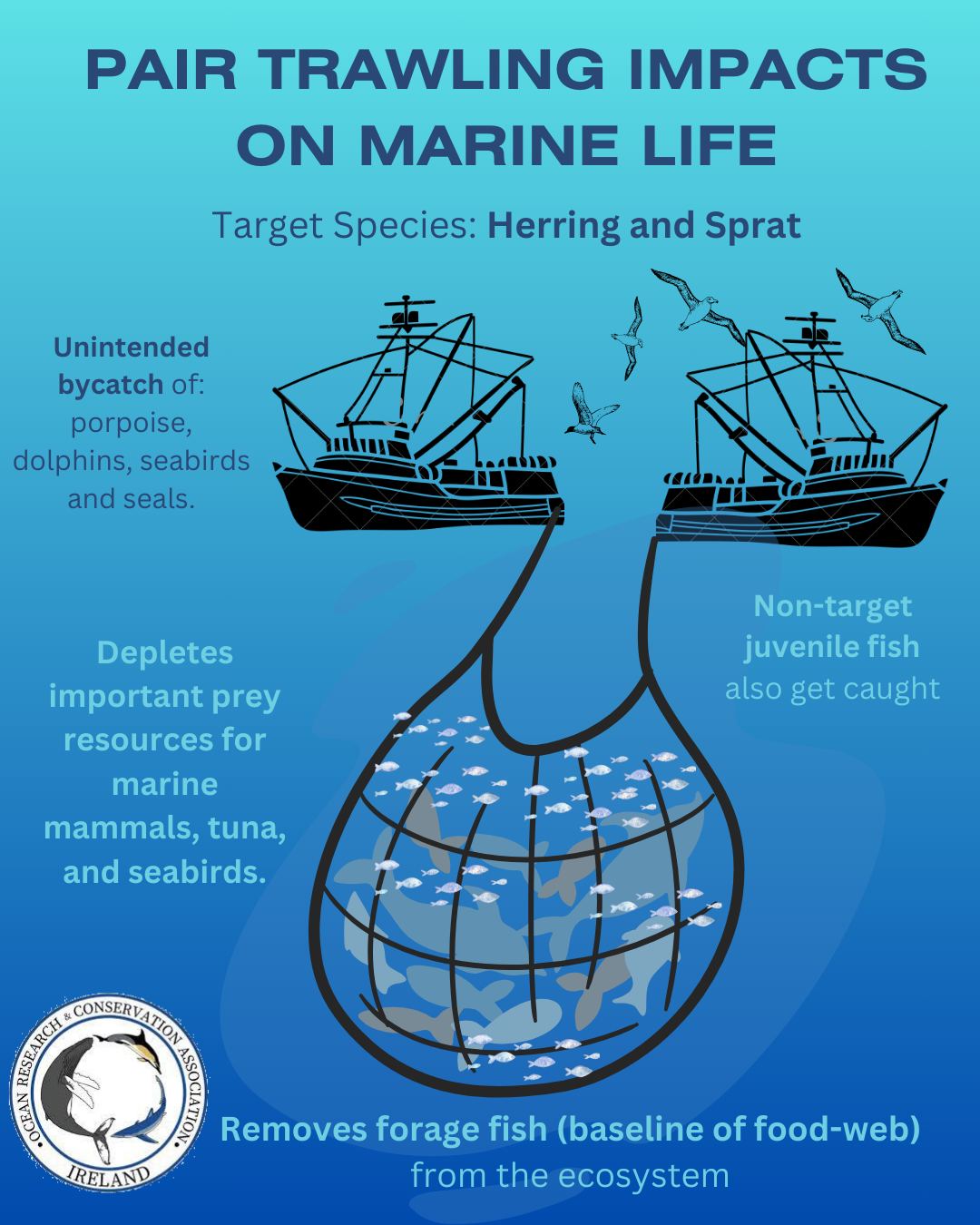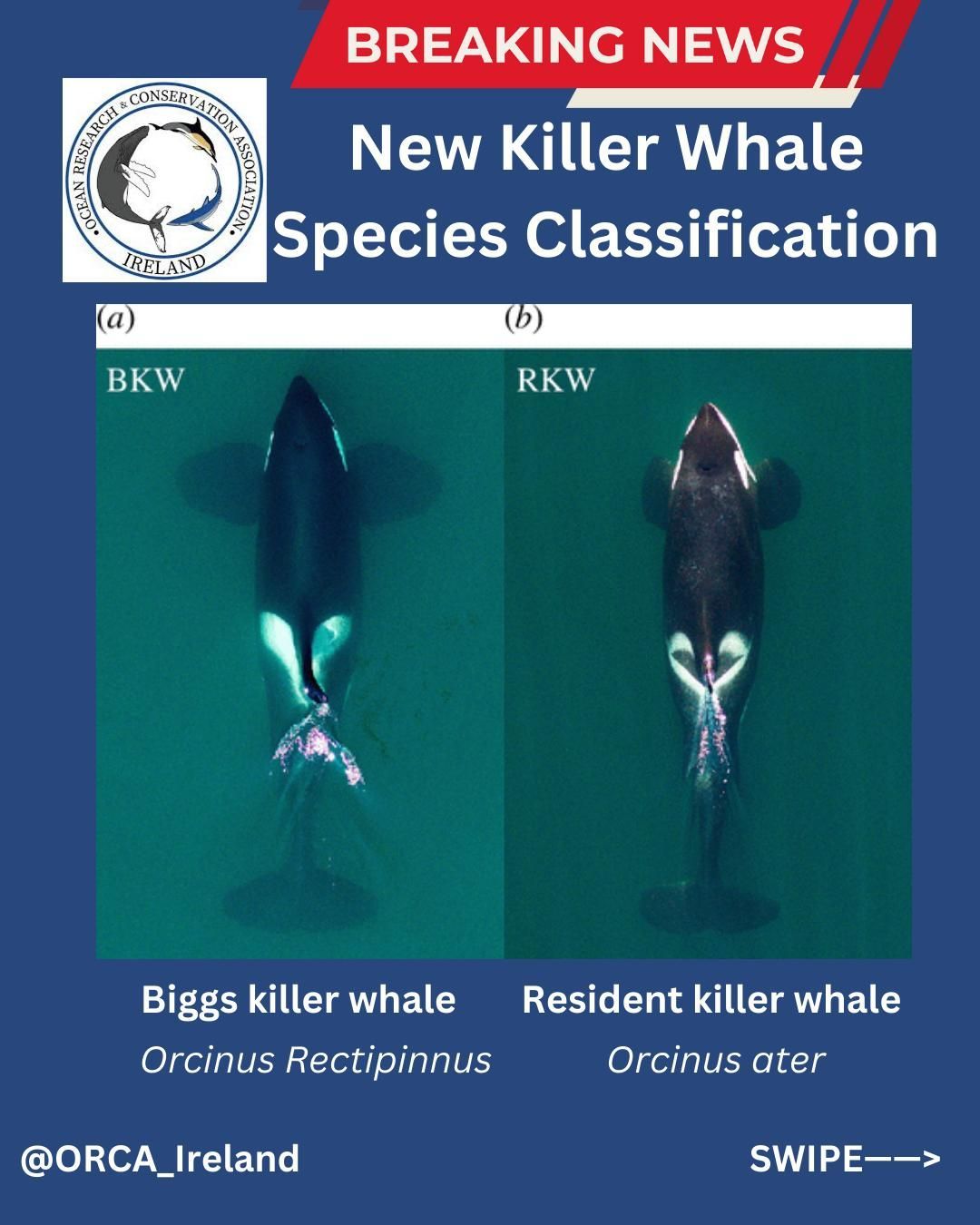Chemical Camouflage Used by Marine Species!
Chemical camouflage is used by several different marine species to conceal themselves from potential predators in various marine as well as terrestrial habitats. This is also known as crypsis. Crypsis is the name given to the ability of an animal to avoid observation or detection by other animals.
Marine species all over the world use chemical camouflage to ensure their survival in the wild. This can be done by changing scent, colour and even texture along with many other techniques.
Some species adjust their odour to smell like the coral they eat. One such species is the Harlequin filefish ( Oxymonacanthus longirostris) found in the Indo-Pacific Oceans. Harlequin filefish use this technique by changing their scent to match the small polyp stone coral ingested by them. This way, predators are much less likely to detect them when the filefish are surrounded by certain coral.
Species that change colour and body texture to camouflage themselves in their surroundings include the common octopus (Octopus vulgaris) and the Humboldt Squid (Dosidicus gigas) . This is done by the use of chromatophores and sometimes iridophores however, chromatophores are most commonly seen in species.
“Chromatophores are organs that are present in the skin of many cephalopods, such as squids, cuttlefish, and octopuses, which contain pigment sacs that become more visible as small radial muscles pull the sac open making the pigment expand under the skin.” (Gilmore, R., Crook, R. & Krans, J. L., 2016). Therefore, the individuals can change colour by tensing and relaxing their muscles which then results in a release of a desired pigment
Overall, camouflage is used by many marine species which can be found in all of the worlds’ oceans. It protects the individual from predators and can also make quite a spectacle!
If you want to see an octopus changing colour and texture then watch the following video: https://youtu.be/Qp1_oCjcRc8
SHARE THIS ARTICLE















